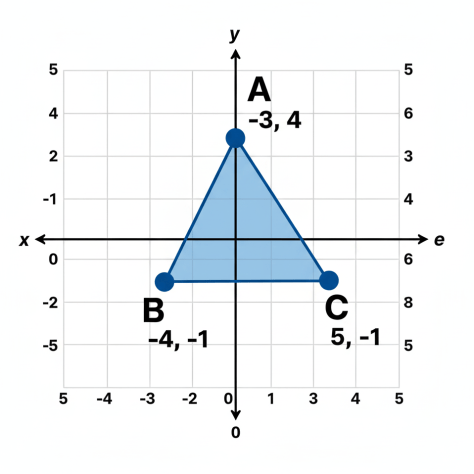As I’ve mentioned before, I play with AI regularly to make sure I understand how it works. Gemini, Google’s LLM, has generally been pretty impressive. It’s not without its hallucinations (and numerous other concerns), but more often right than wrong.

Today, I was working on some exercises for my beginning computer science students. They need to be able to use Cartesian coordinates in their Python programs (using the “turtle” module). Most of them need more practice. I created a simple polygon in GeoGebra so that they can identify the vertices. I needed to create a bunch more.
Then I thought, This is a perfect task for Gemini! I explained what I wanted to Gemini and this is what it came up with:

Yikes! Even if math isn’t your thing, I suspect you’ll be able to see some egregious errors here. It is utter nonsense, wrong in just about every possible way. I’m surprised that it knew which axis to label x and y. (Even then, it added the specious “0” and “e“.)
I think my colleagues in the math department don’t have to worry about being replaced by AI “teachers” quite yet.














